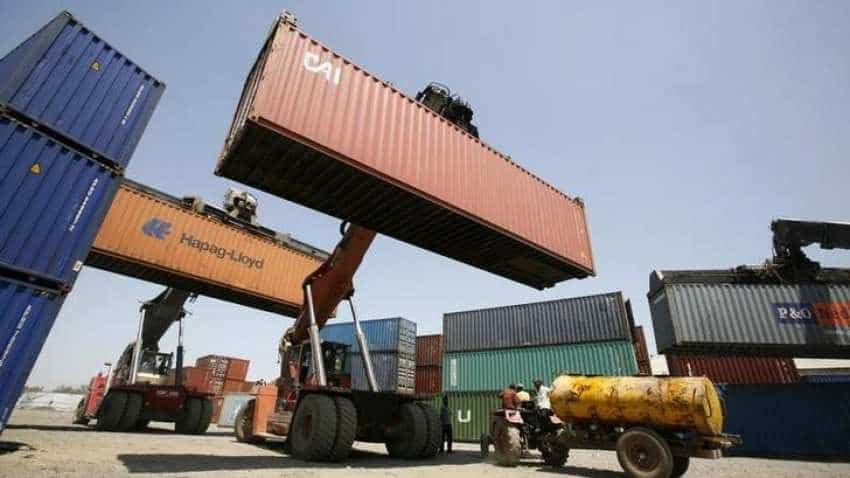India's current account deficit in Q2 hits four-year high on oil price rise
The current account deficit in July-September hit 2.9 percent of gross domestic product or $19.1 billion, the highest since April-June quarter of 2013. In July-September 2017 the current account deficit was $6.9 billion or 1.1 percent of GDP, Reserve Bank of India data showed.

High oil prices pushed India`s current account deficit in July-September to its widest in over four years, according to data released by the central bank on Friday. However, the current account deficit is likely to fall due to a sharp drop in crude prices that will take pressure off a depreciating rupee, analysts said. "The current account deficit has peaked," said Shubhada Rao, chief economist at Yes Bank in Mumbai.
The Indian rupee fell 14 percent in the first nine months of 2018 but has recovered by 5.6 percent since October on the back of the drop in oil prices.
The current account deficit in July-September hit 2.9 percent of gross domestic product or $19.1 billion, the highest since April-June quarter of 2013. In July-September 2017 the current account deficit was $6.9 billion or 1.1 percent of GDP, Reserve Bank of India data showed.
India`s trade deficit in July-September widened to $50 billion from $32.5 billion a year ago. Overall, India`s balance of payments was in deficit to the tune of $1.9 billion in the September quarter, compared with a surplus of $9.5 billion a year ago.
"Going ahead, an improvement in the current account deficit, along with some degree of capital inflows, will ease the pace of depreciation in the rupee. However, we are riding a political cycle, the outcome of which will have some bearing on the rupee," Yes Bank`s Rao said.
The bank has lowered its current account deficit projection for the full fiscal year 2018/19 to 2.3 percent of GDP from 2.9 percent, while balance of payments deficit is expected to be at $12 billion, Rao said.
Oil prices have slumped by more than 30 percent since early October, pressured by concerns supply will exceed demand in 2019 as economic growth slows.
India imports two-thirds of its oil needs and the sharp oil price fall will reduce its trade deficit, ease inflation and boost the rupee and improve overall macro-economic fundamentals, according to analysts.
However, investors will also be keeping an eye on the outcome of the key state elections due out on Tuesday for cues on the general elections scheduled by May.
Indian Prime Minister Narendra Modi`s ruling nationalist Bharatiya Janata Party is set to lose two heartland states - Rajasthan and Chhattisgarh while the third is too close to call, exit polls showed on Friday in the final test of popularity before the national election in mid-2019.
Get Latest Business News, Stock Market Updates and Videos; Check your tax outgo through Income Tax Calculator and save money through our Personal Finance coverage. Check Business Breaking News Live on Zee Business Twitter and Facebook. Subscribe on YouTube.
RECOMMENDED STORIES

SBI 444-day FD vs PNB 400-day FD: Here's what general and senior citizens will get in maturity on Rs 3.5 lakh and 7 lakh investments in special FDs?

Small SIP, Big Impact: Rs 1,111 monthly SIP for 40 years, Rs 11,111 for 20 years or Rs 22,222 for 10 years, which do you think works best?
10:05 PM IST










 India to remain Asia-Pacific's fastest growing economy in 2024: Moody's
India to remain Asia-Pacific's fastest growing economy in 2024: Moody's Lok Sabha Election Results 2024: Nomura says India's economic fundamentals remain robust
Lok Sabha Election Results 2024: Nomura says India's economic fundamentals remain robust Will take India among top 3 economies of world in my third tenure: PM Narendra Modi
Will take India among top 3 economies of world in my third tenure: PM Narendra Modi Corrosion leads to losses worth USD 110 billion in India annually: ISSDA
Corrosion leads to losses worth USD 110 billion in India annually: ISSDA Morgan Stanley revises India's GDP growth to 7.2% in FY23
Morgan Stanley revises India's GDP growth to 7.2% in FY23